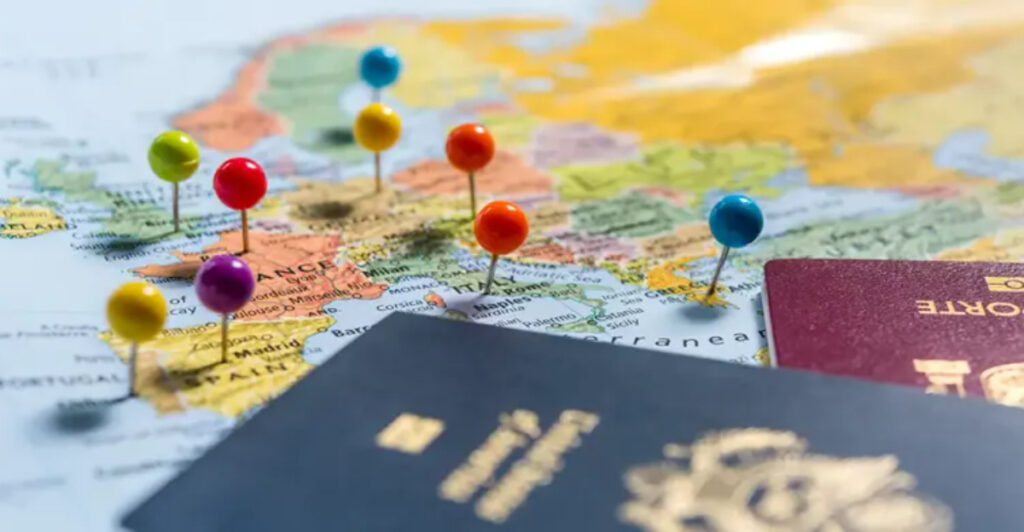Planning an international trip might seem as simple as booking a flight and packing your bags, but many countries require Americans to complete extra paperwork before arrival. The days of showing up with just your blue passport are becoming fewer as more nations implement electronic travel authorizations or traditional visas. Whether it’s for security screening, reciprocity, or tourism management, these entry requirements are something every American traveler needs to know about before heading overseas.
1. China’s Strict Border Control

American tourists must secure a Chinese visa before departure. The process involves submitting applications to a Chinese consulate, along with your planned itinerary and a fee that typically runs around $140.
Once approved, the visa sticker goes directly in your passport. No shortcuts exist here – China does not offer visa-on-arrival options for U.S. citizens, and airlines will check for valid visas before allowing you to board.
While limited exceptions exist for short transit stays in certain cities, most American travelers need that visa stamp. The standard tourist visa usually permits a 30-day stay, though longer validity periods are sometimes available.
2. Russia’s Paper-Based Visa System
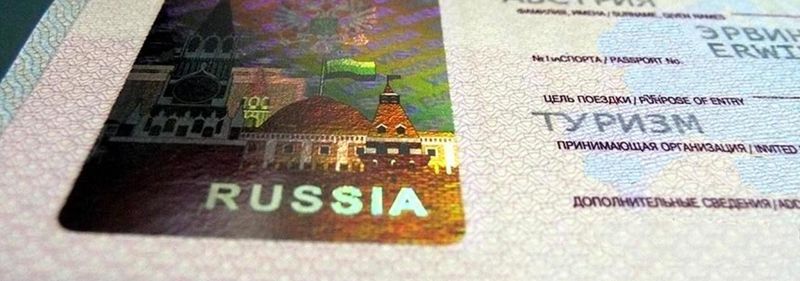
Getting into Russia requires advance planning for Americans. You’ll need an invitation letter from a Russian hotel or tour company to even apply for a visa, which must be processed through a Russian consulate or authorized visa center.
The multi-step application includes filling out forms, providing photos, and paying fees around $160. Processing typically takes 7-10 business days, though expedited options exist for additional fees.
Despite diplomatic tensions, Russia does offer Americans multi-entry tourist visas valid for up to three years. However, the visa must be arranged before traveling – showing up without one means an immediate return flight home.
3. India’s Electronic Visa Solution

India streamlined its entry process with an e-Visa system that Americans must use before arrival. The online application requires uploading your photo, passport information, and travel details through the official Indian government portal.
Processing typically takes 3-5 business days, and the fee ranges from $25-$80 depending on the visa duration. Once approved, you’ll receive a PDF document to print and present upon arrival.
The e-Tourist visa for Americans allows multiple entries and stays up to 180 days. Without this electronic authorization, you’ll be denied boarding by airlines – there’s no visa-on-arrival option for U.S. citizens visiting India.
4. Brazil’s Reinstated Visa Requirement
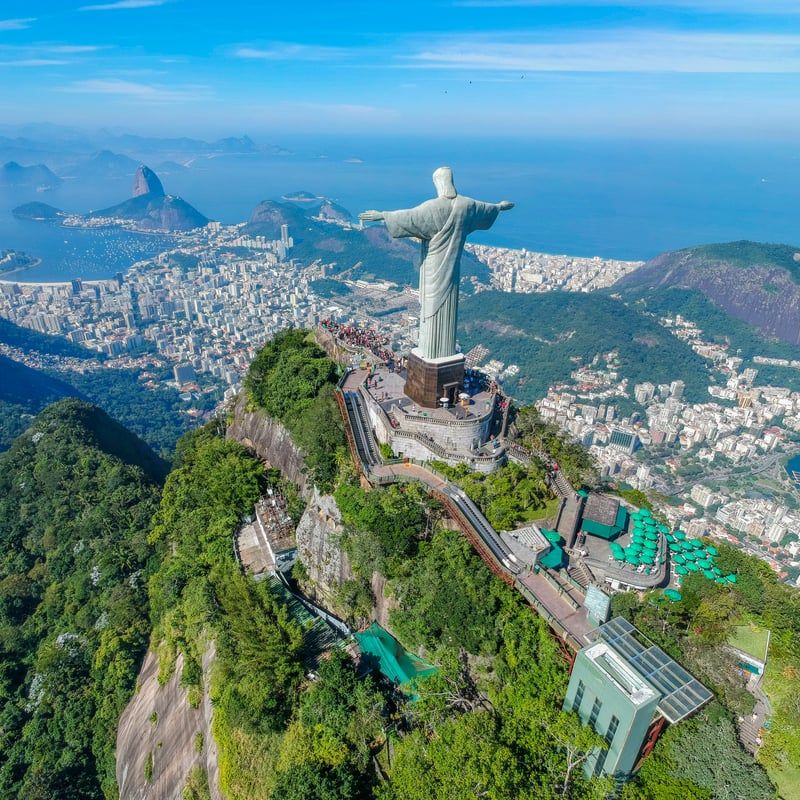
Starting April 10, 2025, Americans must once again obtain a visa before visiting Brazil. This reverses a visa-free period that lasted from 2019 to early 2025.
Brazil’s decision stems from reciprocity – since Brazilians need visas to enter the U.S., Brazil now requires the same from Americans. The good news: Brazil offers an e-Visa system costing around $80 that’s valid for 10 years with multiple entries.
Apply through Brazil’s official visa portal at least two weeks before traveling. The e-Visa allows tourism stays up to 90 days per year, and airlines will verify your visa status before boarding.
5. Australia’s Electronic Travel Authority
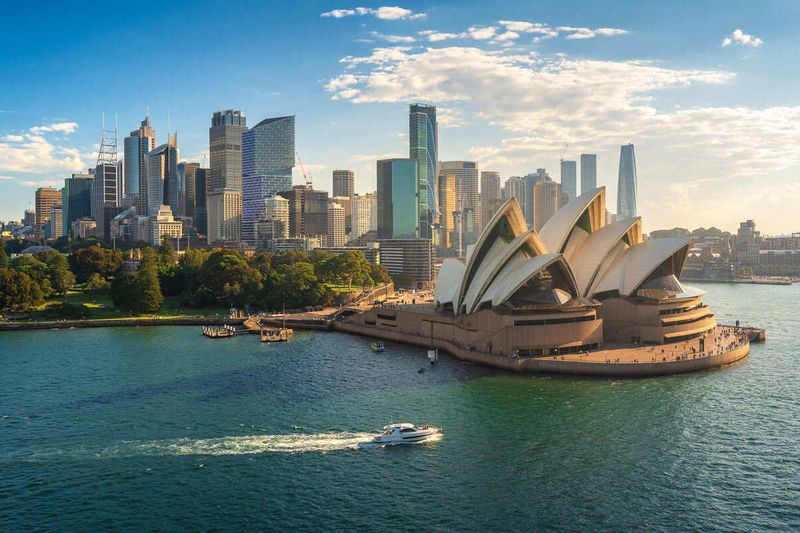
Australia requires Americans to obtain an Electronic Travel Authority before flying down under. The ETA works as a digital visa linked directly to your passport through an online application or mobile app.
The process takes minutes to complete but should be done at least 72 hours before travel. It costs around 20 Australian dollars (about $13 USD) and allows multiple visits of up to 90 days each over a 12-month period.
This requirement has been in place for years, so it’s nothing new for 2025 travelers. The ETA authorization remains invisible – there’s no stamp or sticker – but airlines confirm its existence electronically before boarding.
6. New Zealand’s NZeTA Requirement
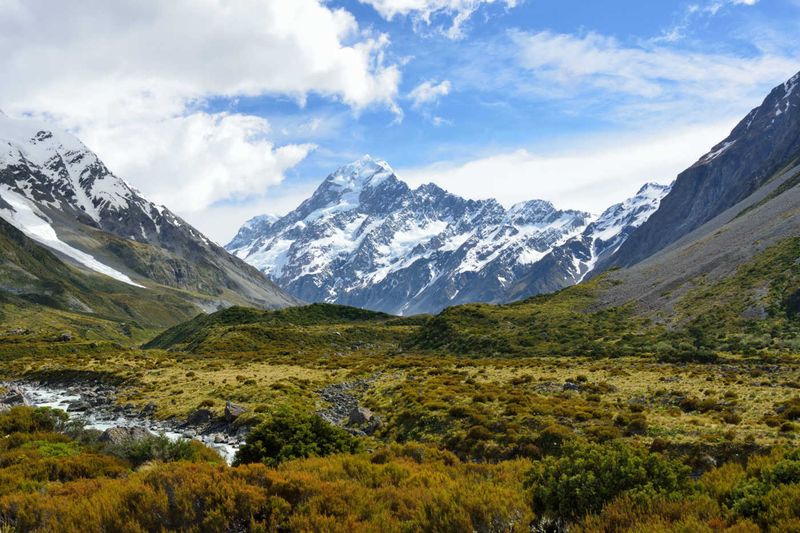
Kiwi-bound travelers from America need an NZeTA (New Zealand Electronic Travel Authority) before departure. Introduced in 2019, this digital authorization links to your passport and screens visitors before they arrive.
Applications through the official website or mobile app cost NZD $17-$23 (about $10-$14 USD), plus an additional International Visitor Conservation and Tourism Levy of NZD $35. The NZeTA remains valid for two years and allows multiple visits of up to 90 days each.
Processing usually takes 24-72 hours, so apply well before your flight. Without approval, airlines won’t let you board planes heading to Auckland or Christchurch.
7. Vietnam’s Evolving eVisa Program
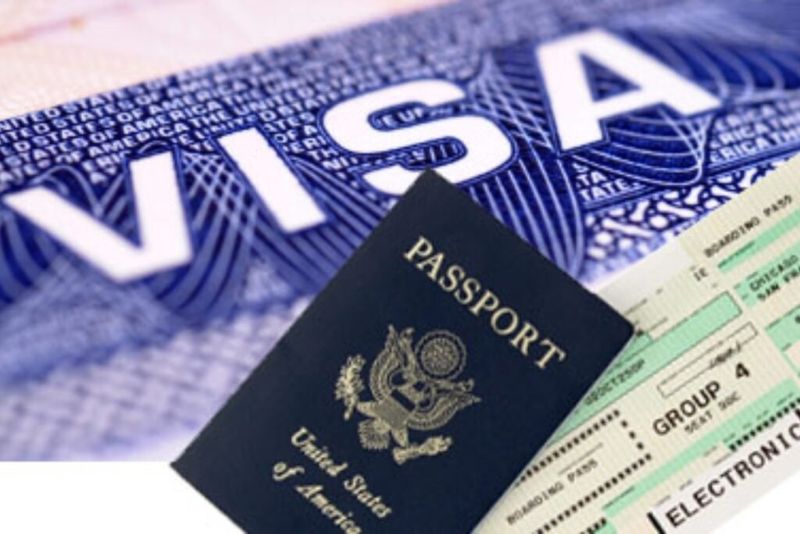
Vietnam requires all American visitors to obtain an eVisa before arrival. The online application costs $25-$50 depending on entry type and takes 3-5 business days to process.
Recent policy updates have extended the validity period to 90 days with multiple entries allowed. You’ll need to upload a passport photo and personal information through Vietnam’s official immigration portal.
Once approved, print the eVisa confirmation to present upon arrival. The old “visa on arrival” system that required pre-approval letters has been phased out, making the eVisa the main option for American tourists. Without it, you’ll be denied boarding on flights to Hanoi or Ho Chi Minh City.
8. United Kingdom’s New ETA System
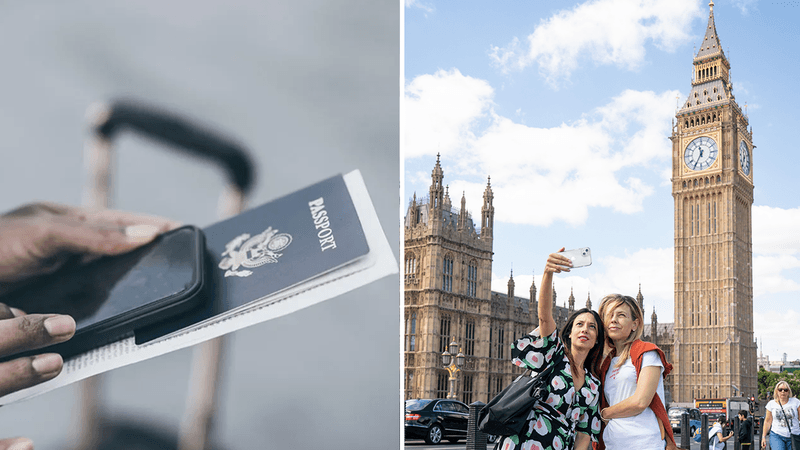
Starting January 2025, Americans need an Electronic Travel Authorization to visit the UK. This new requirement, part of Britain’s post-Brexit border policy, applies even for short tourism visits.
The UK ETA costs £10-£15 (about $13-$19) and must be obtained online before travel. Applications ask for basic biographical information and travel plans, with approvals typically processed within 72 hours.
Once granted, the ETA remains valid for two years and allows visits up to six months. The system resembles America’s own ESTA program and represents a significant change from previous years when U.S. citizens could enter the UK with just a passport.
9. Europe’s Upcoming ETIAS Requirement
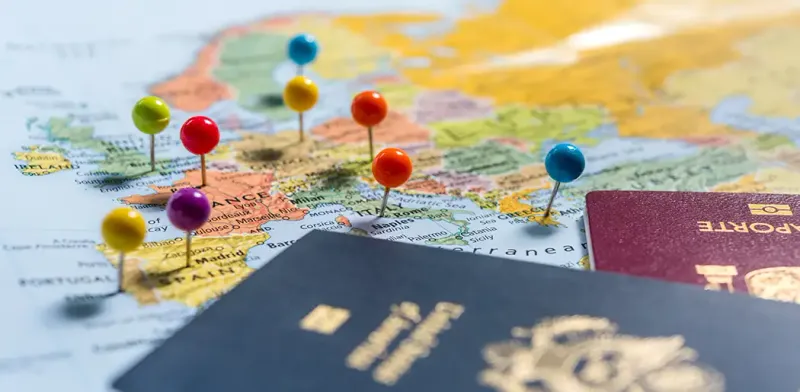
Starting in late 2026, Americans traveling to Europe’s Schengen Area will need an ETIAS (European Travel Information and Authorization System) approval. This new screening system affects visits to 30 European countries, including popular destinations like France, Italy, and Spain.
The ETIAS will cost around €7 ($7.50) and remain valid for three years or until your passport expires. Applications will be completed online with approvals typically granted within minutes or hours.
While not technically a visa, this pre-travel authorization becomes mandatory for all American visitors staying up to 90 days. The rollout has been delayed several times but appears set for implementation by late 2026.
10. Saudi Arabia’s Tourist eVisa

Americans heading to Saudi Arabia need an approved eVisa before arrival. The kingdom only opened to general tourism in 2019, introducing an electronic visa system that costs around $120 and allows multiple entries over a one-year period.
Applications through the official Visit Saudi portal typically process within 24-48 hours. The eVisa permits tourism stays up to 90 days, making it possible for Americans to explore previously restricted sites like AlUla and Diriyah.
This requirement isn’t just a formality – without an approved eVisa, entry will be denied at Saudi airports. The kingdom maintains strict entry protocols despite its tourism push, so advance planning is essential.
11. Israel’s New ETA-IL System
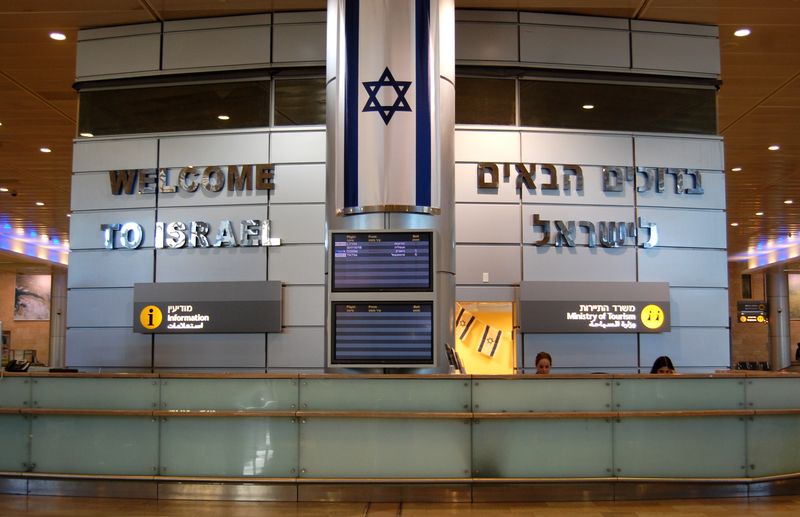
Starting January 2025, Americans must obtain an ETA-IL (Electronic Travel Authorization for Israel) before visiting. This new requirement applies even though Israel recently joined the U.S. Visa Waiver Program.
Applications through Israel’s official portal cost about $15-20 and process within 1-3 days. The authorization remains valid for multiple entries over two years, permitting stays up to 90 days each visit.
The system enhances security screening while maintaining relatively easy access for American tourists. Without an approved ETA-IL, airlines won’t allow boarding on flights to Tel Aviv, making advance application essential for Holy Land trips.
12. Cuba’s Tourist Card and Special Rules

Americans visiting Cuba face dual requirements: a Cuban Tourist Card (visa) and compliance with U.S. travel restrictions. The pink Tourist Card costs $50-$100 depending on your airline and must be obtained before arrival.
Beyond Cuba’s requirements, U.S. regulations prohibit pure tourism. American travelers must qualify under one of 12 authorized categories like family visits, educational activities, or support for the Cuban people.
You’ll need documentation proving your trip fits these categories. Airlines verify your Tourist Card before boarding, while U.S. officials may review your travel purpose upon return. These dual systems make Cuba one of the more complicated destinations for American travelers.
13. Bhutan’s Exclusive Entry System

Bhutan maintains one of the world’s most restrictive tourism policies. Americans must obtain a visa clearance through a licensed Bhutanese tour operator or online portal before arrival.
The visa itself costs $40, but the bigger expense is Bhutan’s mandatory Sustainable Development Fee – $100 per person per night as of 2025. This policy intentionally limits visitor numbers while funding social services.
Even with recent relaxations allowing independent travel, you still need visa approval and must pay the daily fee. Your entire itinerary requires pre-approval, and you’ll only receive the actual visa days before travel. Without these arrangements, entry to this Himalayan kingdom is impossible.
14. Iran’s Guided Tour Requirement
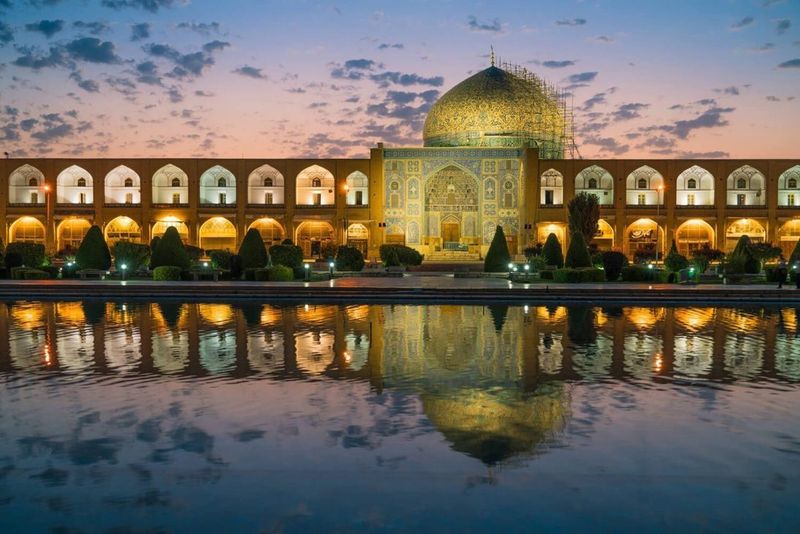
Americans face some of the strictest entry requirements when visiting Iran. You must obtain an authorization code from an Iranian tour company before applying for a visa through Pakistan’s embassy in Washington, which handles Iranian interests.
The visa process takes 2-3 weeks minimum and costs around $180. U.S. citizens cannot travel independently – you must be accompanied by a government-approved guide throughout your entire stay.
Your itinerary requires pre-approval, and hotels must be booked in advance. These restrictions reflect ongoing political tensions between the U.S. and Iran. Even with a visa, entry remains at the discretion of Iranian border officials.
15. Kenya’s Electronic Visa System

Kenya phased out visas-on-arrival for Americans, replacing them with a mandatory eVisa system. Applications through Kenya’s official immigration portal cost $50 plus processing fees.
The online form requires uploading your passport photo, travel itinerary, and return ticket information. Processing typically takes 2-3 business days, though expedited options exist for urgent travel.
Once approved, you’ll receive a PDF confirmation to print and present upon arrival. The eVisa allows tourism stays up to 90 days and can be extended in-country if needed. Without this digital authorization, airlines won’t permit boarding on flights to Nairobi or Mombasa.
16. Tanzania’s Visa Options
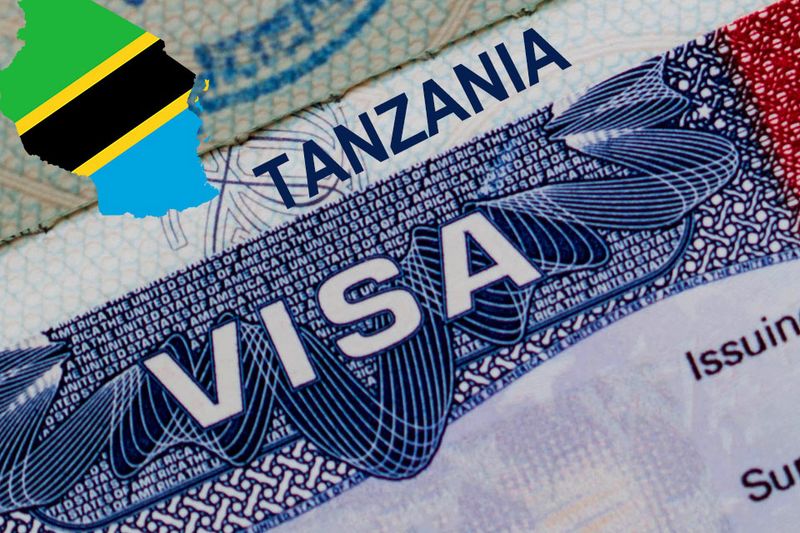
Tanzania offers Americans two visa pathways: visa-on-arrival or pre-arranged eVisa. The visa-on-arrival option costs $100 for a multiple-entry permit valid for up to 90 days.
You’ll complete forms at Tanzanian airports or border crossings, paying with cash or card. Lines can be long during peak tourism seasons, making the advance eVisa an attractive alternative.
The online eVisa application costs the same but saves time upon arrival. Either way, a visa is mandatory for Americans visiting mainland Tanzania or Zanzibar. Budget extra time at immigration, especially at smaller entry points where processing can be slower.
17. Egypt’s Arrival Visa System
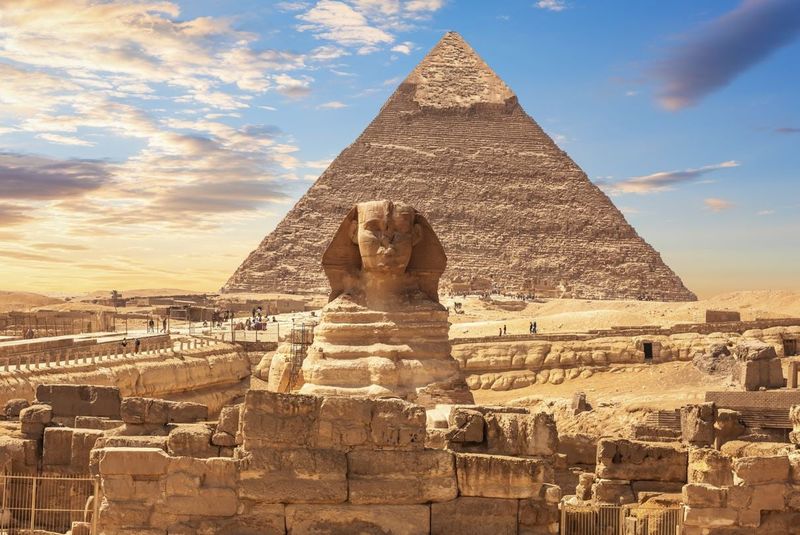
Egypt maintains a straightforward visa-on-arrival system for Americans. Upon landing at Cairo International Airport or other major entry points, you’ll purchase a visa sticker for $25 at bank kiosks before proceeding to immigration.
This tourist visa allows a 30-day stay and comes as a colorful sticker placed in your passport. For those preferring advance arrangements, Egypt also offers an eVisa online for the same price.
The visa requirement has remained consistent for years, reflecting Egypt’s approach to tourism. While obtaining the visa is simple, it’s non-negotiable – Americans cannot enter Egypt without purchasing either the visa-on-arrival or arranging an eVisa beforehand.
18. Nepal’s Airport Visa Counter
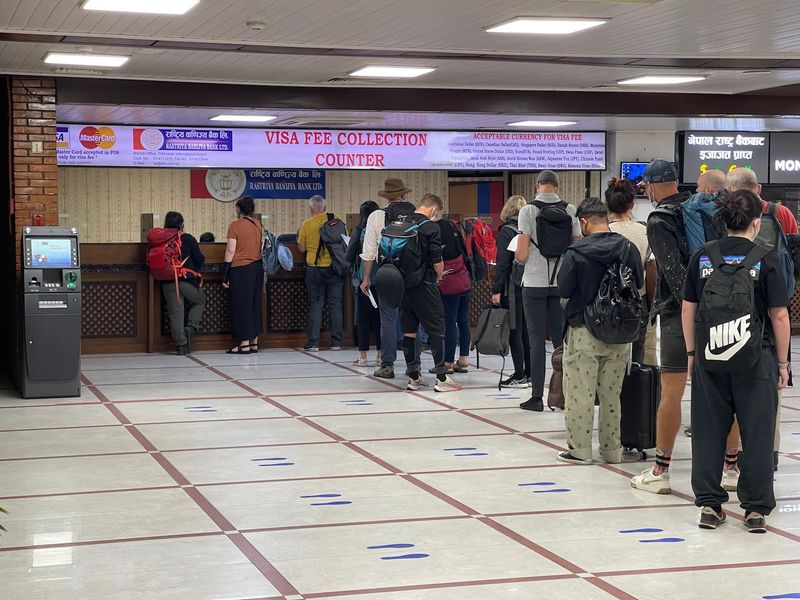
Nepal requires Americans to obtain a visa, but makes the process painless with an efficient visa-on-arrival system. Upon landing at Kathmandu’s Tribhuvan International Airport, you’ll complete an application at electronic kiosks, then pay the fee at designated counters.
Visa costs vary by duration: $30 for 15 days, $50 for 30 days, or $125 for 90 days, payable in major currencies. You’ll need passport photos, though airport photo services exist if you forget.
The system moves relatively quickly outside peak trekking seasons. Electronic visa applications before arrival can speed up the process. This visa requirement helps Nepal manage tourism in sensitive mountain regions while generating revenue.
19. Indonesia’s Evolving Entry Rules
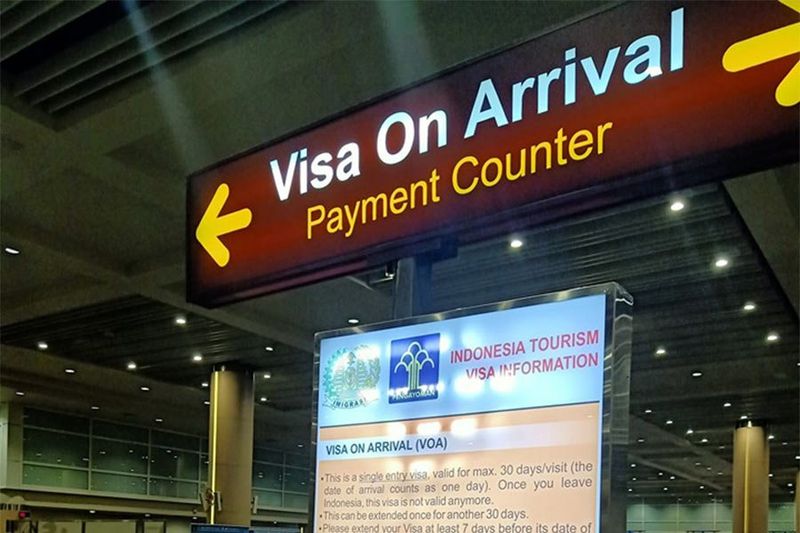
Indonesia requires Americans to purchase a Visa on Arrival (VOA) for $35, valid for 30 days. This transaction happens at Indonesian airports immediately after landing, before reaching immigration counters.
Payment methods include credit cards and major currencies. For faster processing, Indonesia now offers an e-VOA system allowing online payment before arrival.
The visa can be extended once for another 30 days by visiting an immigration office in-country. While Indonesia has occasionally discussed adding the U.S. to its visa-free list, as of 2025 Americans still need a visa. This requirement applies whether visiting Bali’s beaches or exploring Java’s temples.
20. Ghana’s Traditional Visa Process
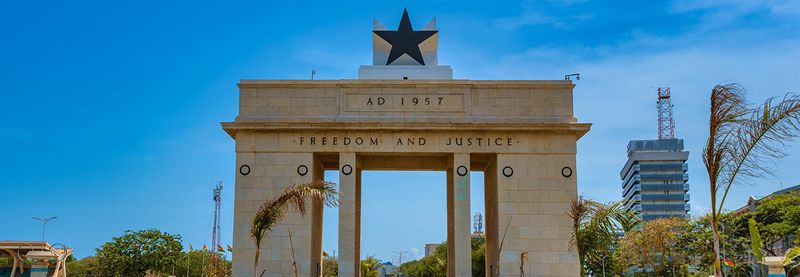
Ghana requires Americans to obtain a visa before arrival through its embassy or consulates in the U.S. The application includes submitting your passport, photos, proof of accommodation, and payment of around $60-$100 depending on processing speed.
Standard processing takes 5-10 business days, though expedited options exist. The typical tourist visa allows stays up to 60 days with single or multiple entries available.
Ghana has discussed implementing an eVisa system, but as of 2025, the traditional application remains. This West African nation maintains visa requirements partly for reciprocity since Ghanaian citizens need visas for U.S. travel.

